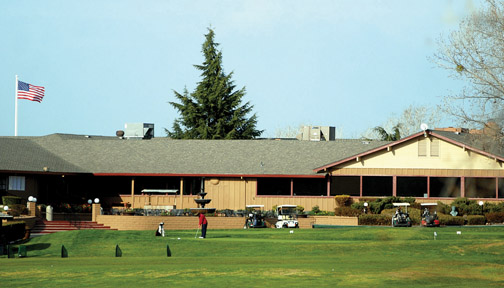I don’t support soak-the-rich taxes, but I do believe that tax policy should make some sense. That’s why I’m at a loss to explain why the San Benito County Board of Supervisors let the June election cycle pass by without any concerted effort to fix the county’s sales tax inequities. I hope they do not fail to get it on the November ballot at the county and two cities and explain it in detail to a justifiably skeptical electorate.
Proportionally, the county is certainly in as bad a financial position as the cities, perhaps worse. Adding a 1% district sales tax in the unincorporated areas for even three years might bring in “only” $4 million because of limited economic activity, but that’s nothing to sneeze at when your expenses regularly exceed your income by several million dollars a year.
The current situation is that in the poorest areas of the county, the cities of San Juan Bautista and Hollister, everyone is paying a transaction sales tax to provide services while in the wealthiest parts of the county, Aromas, Ridgemark, Tres Pinos, and other unincorporated areas, there is no transaction tax. Among those not paying the tax for county area transactions are the customers of Ridgemark and San Juan Oaks golf clubs, the Dunneville Market, the Tres Pinos gas station, the wineries, entertainment venues, or the tourists and transient travelers in those areas. This is unbelievable in a county starving for tourist dollars.
Big-ticket items, like automobiles, are a special sore point; Hollister residents are paying 1% more tax than Ridgemark or Aromas residents no matter where they buy a car. With a district tax the county would get 1% even if the transaction took place in Santa Clara, and it would totally eliminate the ability to use an unincorporated address to avoid the city sales taxes.
State law requires the county to apply any sales tax countywide. Therefore, fixing it would require some effort, but that is not a valid excuse. The solution would be a tax-sharing agreement that guarantees no extra taxes in the cities and that Hollister and San Juan Bautista would get every penny of their sales taxes back. The expiration date would have to be coordinated with Hollister’s Measure E; in other words, some contingency ballot measures or a similar arrangement. It can be done.
The 2008-12 U.S. Census economic data for San Benito County shows significant family income differences by area. The median (half higher – half lower) family income in San Juan Bautista was $55,083, Hollister $62,735, Tres Pinos $89,688, Aromas $94,052, and Ridgemark $110,107. The mean (average) family income told the same story: San Juan Bautista $71,397, Hollister $74,352, Tres Pinos $121,924, Aromas $126,821, and Ridgemark $114,859. More income means more discretionary spending.
Sales taxes are regressive, meaning they adversely impact those at the bottom of the economic ladder the most, and I don’t like them. However, sometimes you don’t have a choice – you may need a deputy sheriff, or the jaws of life to pry you out of a wreck tomorrow (not your fault, naturally). There are no gangs on the block where I live, but if they are anywhere in the county you or your children will run into them sooner or later even if you live outside a city; funding things like the anti-gang task force is everyone’s job.
This failure to prioritize leveling the playing field may be political, managerial or both. In any case it’s really inexcusable, and the board needs to get moving.










